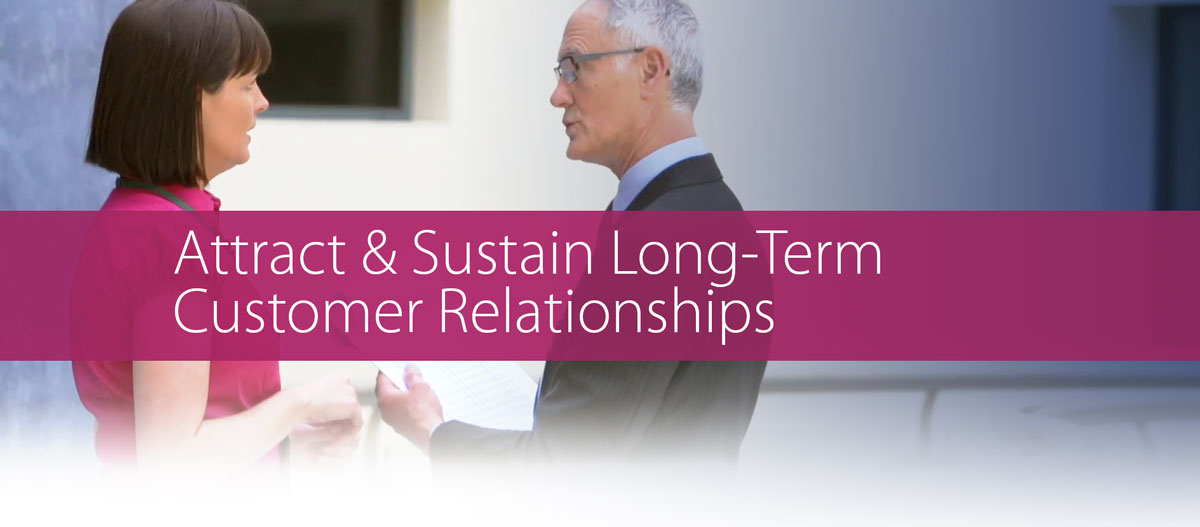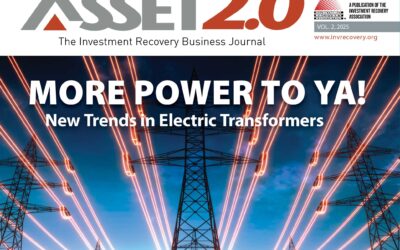
Much like the GPS in your vehicle or smart phone, your internal GPS works based on knowing where you are currently, where you want to go, and then how you will get there. There are three components to attracting and sustaining strong long-term customer relationships:
- Your and their thinking
- Keeping them coming back
- Energizing you and your team.
Understanding the two sides of the relationship. Identifying the needs of a customer’s position will help you to understand their thinking. Then, by articulating your value and how you meet their needs, you will begin to build a more trusting relationship. Your brain and your customers’ brains are wired to protect. If they’re stuck in fear or old habits then they will not be open to new ideas or different possibilities. Thankfully you can re-wire your brain and you can understand the basic human needs underlying our customer’s behavior to better support them.
How do you keep those customers coming back? Think about a customer or supplier that you love working with; what qualities do they have? Can you emulate those qualities that you respond to with your own customers (internal and external)? A great tool for shifting your behavior to these qualities is visualization. Professional athletes have been using this for years and it works! Visualize both the steps leading up to your interaction with a customer and then the positive outcome you desire.
Communicate potential problems early. Of course, even with the best-laid plans, things can go wrong. How you handle difficult issues can set you apart and actually improve a relationship. I found that the best people and companies to work with knew how to communicate an issue early, with a clear action plan and then regular follow-up. Even in the absence of all the information about how to solve the issue, they kept me informed, which dissipated a lot of the fear of the unknown that can be lethal to a trusting relationship.
Energizing the group. How you show up and the qualities you emulate will impact your team and their energy too. You can make a significant shift in your energy by shifting your daily habits, especially those habits that are sapping you or giving you energy.
So how do you keep you and your team energized while you’re doing all this relationship building? First, notice what is giving you energy and what is depleting you. The smallest things in your daily routine may be sapping you. For example, if you find yourself going over and over a past issue or mistake, pause the video in your mind. Dispute the reality versus the story you are adding and shift into gratitude for what you learned.
Another energy and trust builder with your team is empathy. If your team knows you have walked in their shoes and you empathize with their challenges then they will be more energized to go the extra mile for you.
Finally, your ability to give your team feedback that is empathetic and collaborative will keep them engaged and clear on expectations for stronger long-term relationships with both you and their customers.
Depend on your internalGPS to help you identify one or two things to do differently in order to reach your destination or goal. Enjoy the journey!
_________________________
Interested in learning more? Get a front row seat as a former Walt Disney World executive shares the real magic behind its world-class customer service at the 2018 Spring Seminar & Trade Show, Caribe Royale Resort, Orlando, Mar. 18-21.
Using Your InternalGPS® to Attract & Sustain Long-Term Customer Relationships This is a brief recap of the presentation by Paula Shoup, internalGPS® pshoup@myinternalGPS.com 480.720.8340




